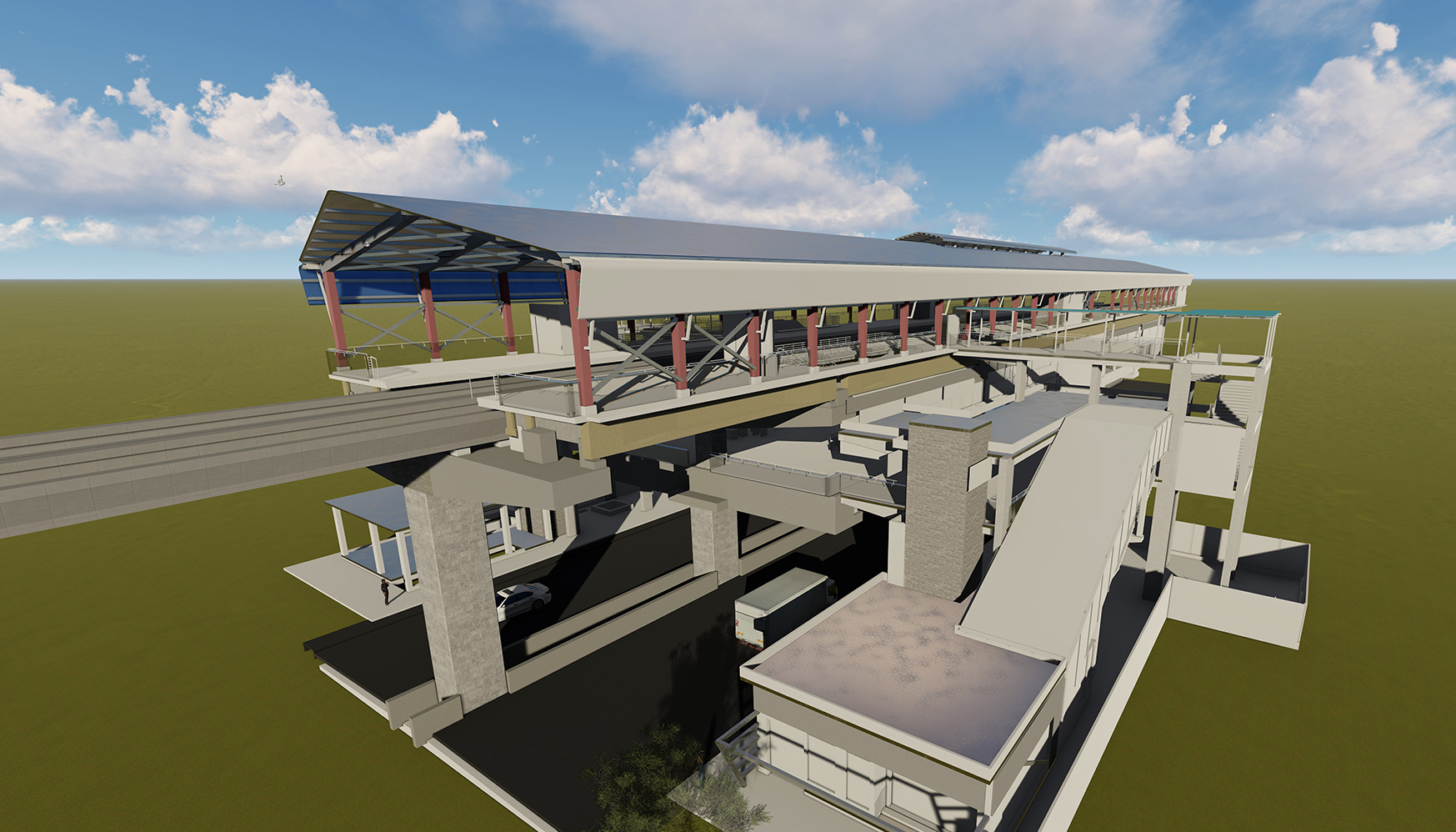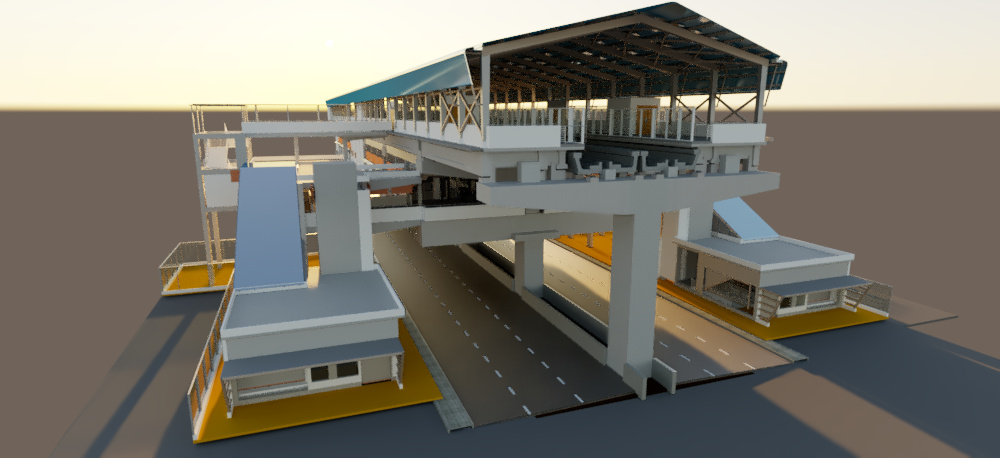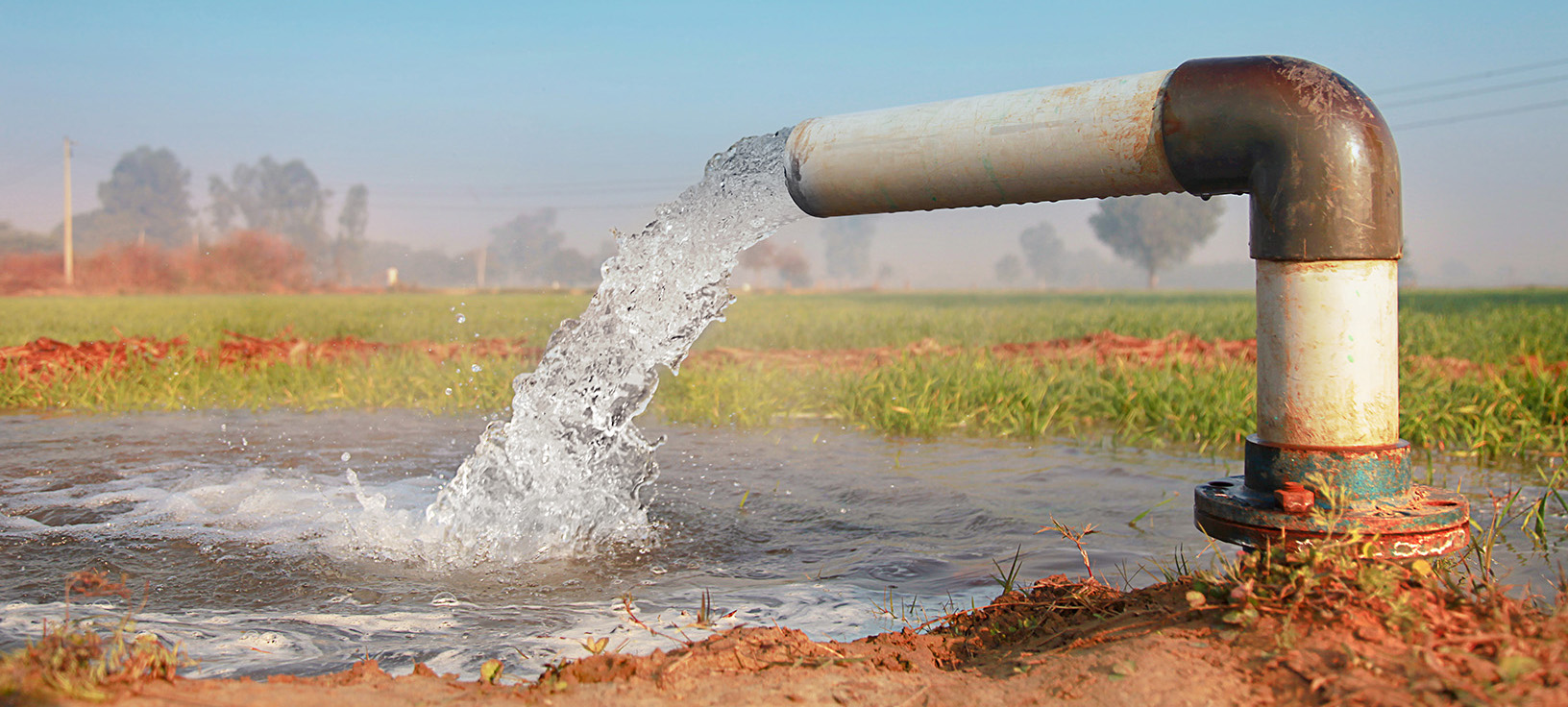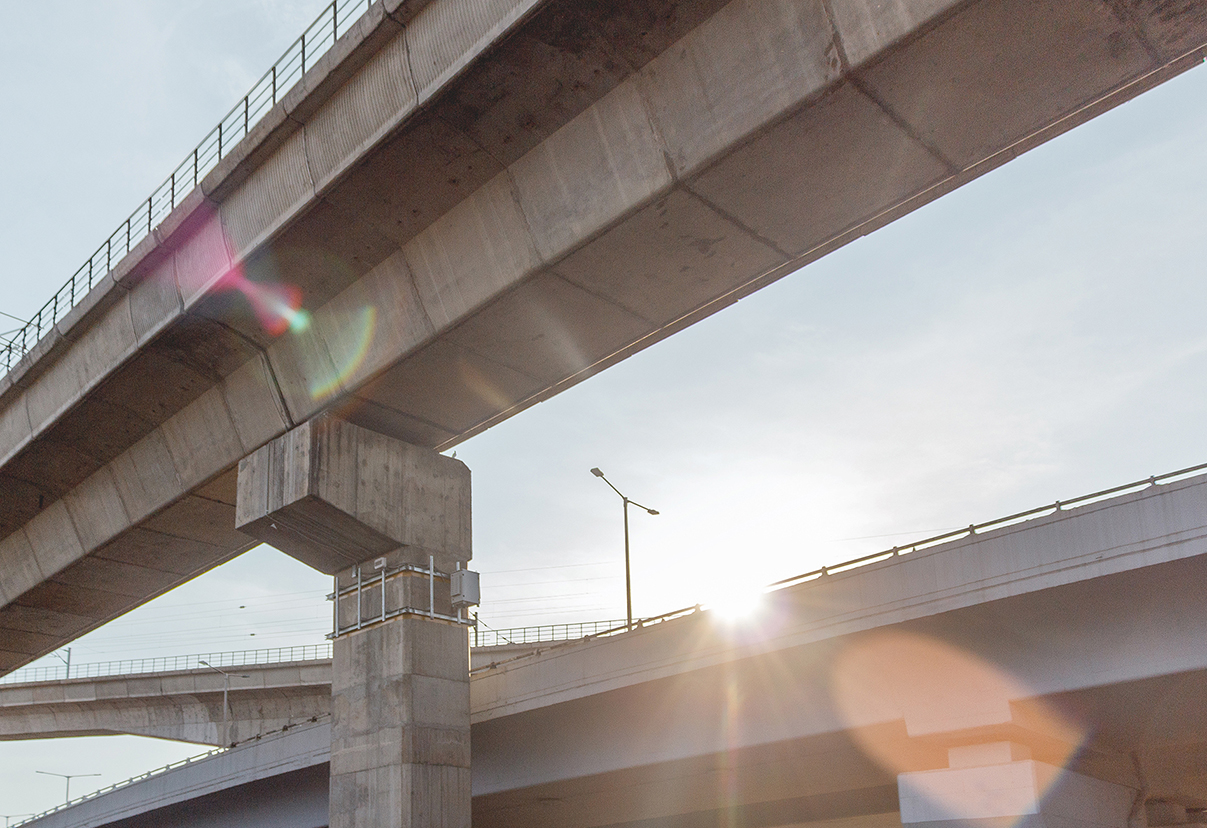
Already integrated with existing bus and suburban train routes, Chennai Metro Rail is the third largest metro system in India. It is an ongoing project with construction works on its first phase beginning in 2009. In 2015, the network partially opened to over seven million residents, reducing commuter time by up to 75%.
Engaged in 2019, SMEC is providing design support during the construction of Chennai Metro Rail Project’s Phase 2, which aims to expand the network by 118 kilometres. Once construction is complete, the upgrade is set to significantly reduce growing traffic problems and improve connectivity in India’s sixth most populous city.

Digital model of a proposed station along Corridor 5 (Package 6) of Phase 2 of the Chennai Metro Rail Project.
Good-for-construction drawings approved
Since the inception of the Chennai Metro Project’s Phase 2, SMEC has delivered a suite of design solutions, along with financial documentation, interface, and project management services.
Critical to this has been our work as part of a joint venture with fellow consultants, Metropolitana Milanese SPA and MMSB, to deliver detailed design services for Corridors 4 and 5, which will significantly expand the network, particularly in densely populated and remote areas.
Late last year, our proposed good-for-construction drawings (which sought to optimise and standardise 25 kilometres of elevated viaduct and 23 elevated stations between CMBT and Sholinganallur) were approved for Corridor 5’s Package 6.

SMEC was engaged by Chennai Metro Rail Limited and the Government of Tamil Nadu in a joint venture partnership to design two corridors (4 and 5) which are critical to Phase 2 of the Chennai Metro Rail Project.
Collaborating to deliver a cost-effective design
Italian firm Metropolitana Milanese SPA designed the stations‹ architecture and MEP, and collaborated with SMEC on structural design. Malaysian firm MMSB designed the viaduct and bridges, while all three teams collaborated to deliver BIM modelling. SMEC’s scope of work included designing the alignment, track, and geotechnical elements.
Addressing numerous design challenges, due to Corridor 5’s alignment passing through thickly populated areas in Chennai city (with limited right of way and minimal land available) we harnessed our global expertise in metro projects to propose an efficient design solution.
“Thanks to innovative engineering, collaboration and dedicated senior management, our team has sailed through the project’s challenges to deliver a cost-efficient design,” shared Shekhar Mehta, SMEC’s project manager.
“To minimise potential project costs (of tunnelling and underground stations) we proposed to elevate the viaduct and stations.
“Our design comprises an integrated rail and road bridge with double decker stations, which will carry both highway and mass rapid transport commuters on the same pier.
“The viaduct in our design includes many sharp curves, steel composite bridges, and complex 35 metre-high span bridges, which will be built using the cast-in-situ balanced cantilever method and constructed with precast elements.
“Although elevating the rail track and stations made for complex design challenges, we delivered our solutions in accordance with BIM L-300 standards, which enabled us to identify issues and opportunities quickly, and address them most effectively.”

Held between 24-25 November 2021, SMEC’s project team attended a meeting to formally head-start construction for Chennai Metro’s Corridor 5, Package 6. Attendees included our joint venture partners, along with the project’s general consultants, and other stakeholders. At the meeting construction contracts were awarded to Larsen & Toubro and HCC-KEC.

SMEC’s Chennai office team members involved in the project’s delivery: Standing row (L-R): Manoj MS, Graduate Engg; Muralikrishnan S, Interface Engg; A. Vasu, Document Controller; Dinesh KMP, Lead Track Engg; Manikanadan A, Interface Engg; Gnana Selvam A, Lead QS & Contract Engg; Sri Ram, Alignment BIM Modeller; Siddarth k, Alignment Design Engg; Md Faizan Alam, Track BIM Modeller; Laxmi Narayanan Balamurugn; Arun Vidhiyagar, Design Engg; ArunSelvam T, BIM Modeller; Sugan Raj, Graduate Engg; and Ajith K, Project Engg. Sitting row (L-R): Kathiravan R, BIM Modeller; Parvathi Bala, BIM Modeller; Jyothula Venkateswar, Lead QS & Contract Engg; Krishnamoorthy Ramanjum, Lead Alignment Engg; Shekhar Mehta, Project Manager; Kasinathan Alagar, Lead Design Manager; Nitin Nigam, Sr. Interface Manager; Lithan S, BIM Modeller; and Seeman T, BIM Modeller.
Related
insights
 An innovative, community-based approach to irrigation asset management in India
An innovative, community-based approach to irrigation asset management in India
Over half the population of Karnataka State in south India is employed in agriculture and related industries. Without reliable access to water, farmers struggle to maintain their crops and livestock, which can have far-reaching social and economic impacts.
 A recipe for success
A recipe for success
If I wasn’t working in engineering, I would definitely be a chef – probably on my way to earning a Michelin star or two!






